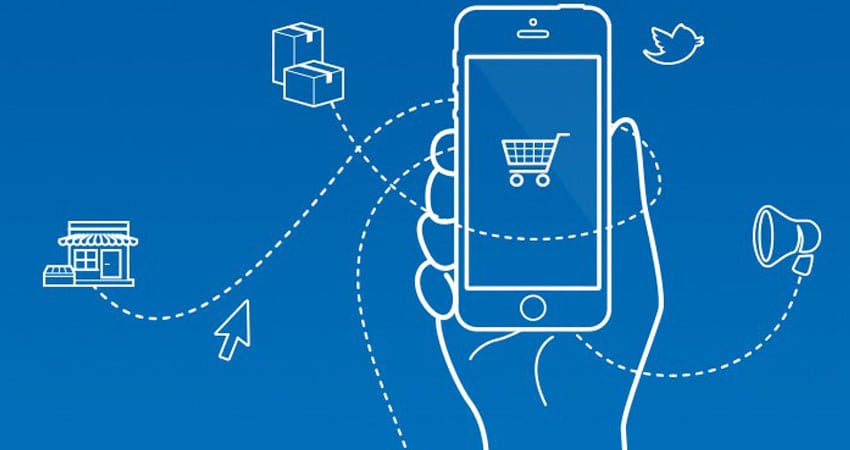Every company that dives into the world of ecommerce starts with the platform that works best for them at the time.
However, as technology evolves and the business grows, companies may eventually find themselves at a crossroads: Should they stay with their current platform, or move to a new one?
These are weighty questions. On the one hand, investing in a new platform can be a lengthy, expensive process if not properly managed. And yet, staying with a platform that doesn’t adequately support the business or meet customer needs can also spell disaster.
It’s therefore helpful to understand how to evaluate a legacy platform and how to manage the change when an upgrade becomes necessary.
Signs It’s Time to Upgrade
A platform’s age doesn’t always reflect its useful lifespan. If the platform is still humming along nicely and the conversion rate is high, a change may not be needed at this time.
On the other hand, businesses often fall for the “sunk cost” fallacy, believing that because they have already invested so heavily into a platform, it’s smarter to continue maintaining the platform for as long as possible.
At some point, though, the return on investment diminishes past the point where continued maintenance makes financial sense. For example, maintenance costs may begin increasing, either in amount or frequency (or both). It may also become difficult to find developers who still work with a legacy platform. Or vendors may stop issuing critical updates and security patches for older systems.
In these situations where maintenance becomes an obstacle, investing in a new platform may be a wiser approach.
Similarly, capacity is another key barometer of a platform’s lifespan. As ecommerce sales volume grows, the platform must be able to scale for increased demand. While most platforms are excellent at allowing for growth, many do have a ceiling that is eventually reached. As this capacity approaches, the business must either invest in a platform better suited to the new capacity or risk stifling growth.
Finally, one common missed opportunity is to realize the amount of customization that your organization is maintaining on your legacy platform – customization that has now become standard in today’s digital marketplace.
However, the most important consideration when evaluating a legacy platform is not technical. It’s human. Changing platforms is not just a “lift and shift” technical endeavor. Instead, businesses should think of it as an evolution in how they engage with customers and what experience they want to ultimately deliver. Remember, the customer experience is perhaps the most important driver of eCommerce success. If a customer finds a retailer’s website frustrating to use, that customer will often look elsewhere. It’s therefore vital to keep the customer experience foremost when appraising a platform.
As an example, a customer might be browsing lipstick colors and is curious whether a shade would suit her skin tone. The ecommerce site, however has a very limited product display page and the current technology that will allow the customer to visualize this shade on themselves or a model is not present. As a result, the customer has a hard time visualizing how it would look on their lips. They decide to not take the risk, and their cart remains empty.
Only by viewing that shopping experience from the customer’s perspective will an ecommerce team know when to say, “Our current platform isn’t providing what our customers need. Let’s look for a platform that allows us to show multiple product photos or videos now, and eventually a virtual try-on feature.”
Done properly, a 360-degree analysis of the customer experience and customer journey will highlight precisely what the business needs from their platform, which in turn will illuminate whether the current platform is up to the task.
Choosing a New Ecommerce Platform
While the customer journey should be foremost in the minds of the eCommerce team, other considerations should also factor, such as the company’s current capabilities, internal business requests, and the company’s roadmap and goals.
This is a complex business decision, and many internal stakeholders should be part of the conversation – including marketing, finance, sales, supply chain, and executive leaders. The goal is to develop an aligned version of what the customer experience should look like, and securing this alignment will require everyone to work together and dive deep into priority issues and needs. Additionally, the team should strive to identify the KPIs that will define success, which will indicate the data the eCommerce platform will need to be able to provide.
The entire process may take six to ten weeks of effort, depending on the complexity of the business model and the nature of the challenges the business is facing. One approach many companies embrace is to leverage a solutions consulting provider to shepherd them through the process and check off the many small details that are otherwise easy to forget.
The key is that businesses should approach this issue with planning and forethought. Done well, businesses can emerge from this process not only confident they’ve chosen the platform that’s right for them, they’ll gain a better understanding of their customers, their business model, and what it will take to achieve eCommerce success in the years to come.
Rich Minns is Vice President of Solution Consulting at LYONSCG

